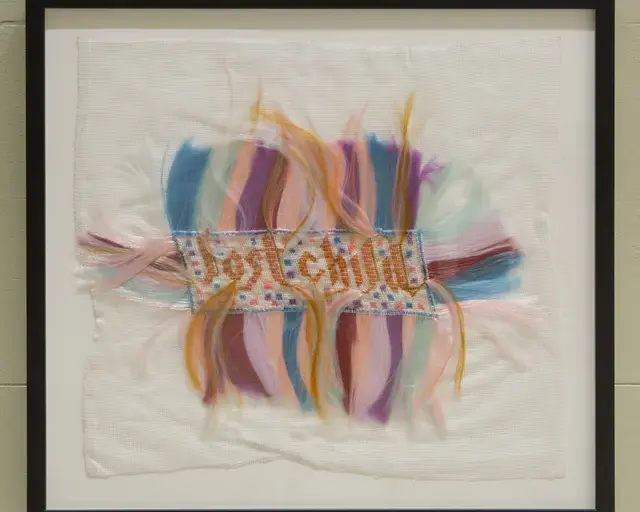
Questions of Practice: Graphic Artist Marian Bantjes on Textual Embellishment
Graphic artist Marian Bantjes talks about how embellished text can provoke engagement with the reader.
How can history and traditions be reimagined for today’s audiences?

Graphic artist Marian Bantjes talks about how embellished text can provoke engagement with the reader.
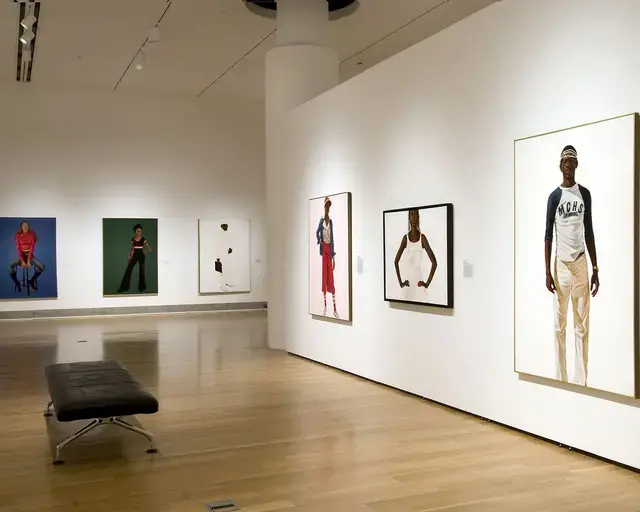
Hendricks reminisced about his career beginnings and how he resisted the magnetic pull of New York after graduate school.
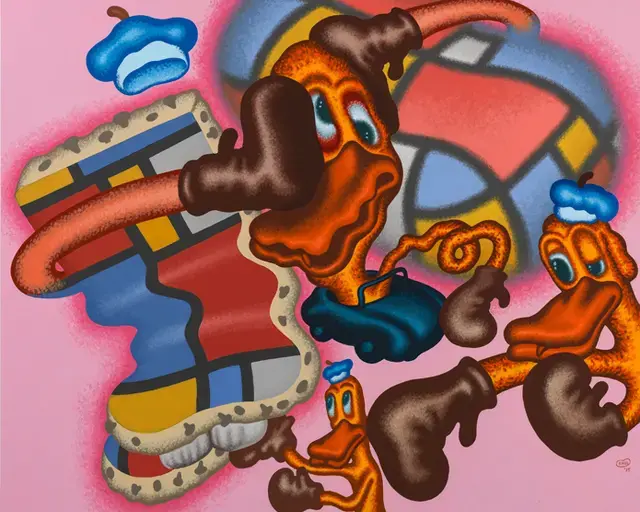
Artist Peter Saul reflects on his artistic career, his formative years living in Europe, and his (dis)connection from the Pop art movement.
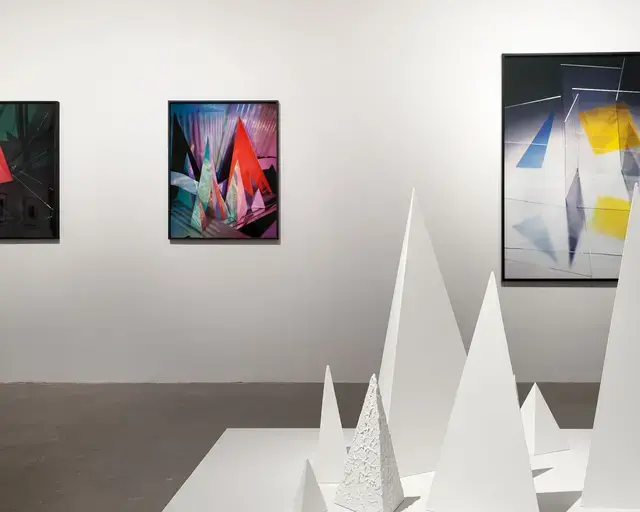
On the occasion of Barbara Kasten: Stages organized by the Institute of Contemporary Art, we invited dance pioneer Anna Halprin and revered artists Barkley L. Hendricks and Peter Saul to reflect on their contemporaneity and answer the questions, "Who gets to be a contemporary artist? When? And why?"
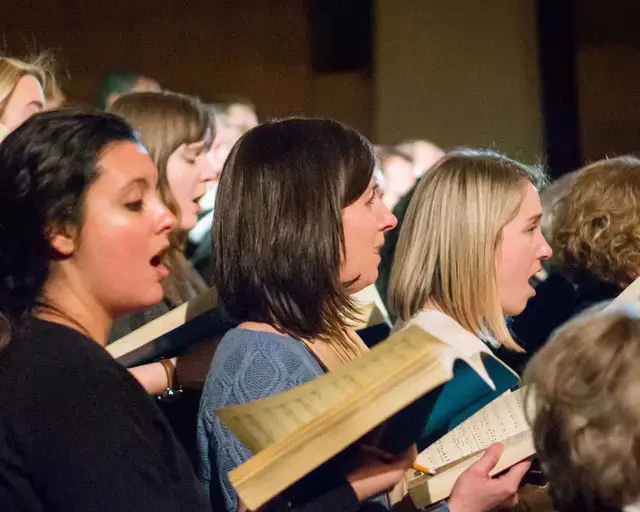
Dr. R. Larry Todd comments on the significance that the multiple interpretations of Bach's St. Matthew Passion engender for different generations.
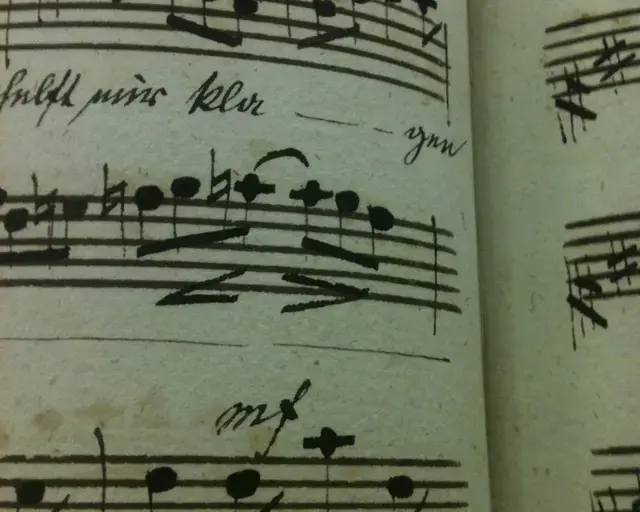
Susan Bernofsky discusses the practice of artistic translation.
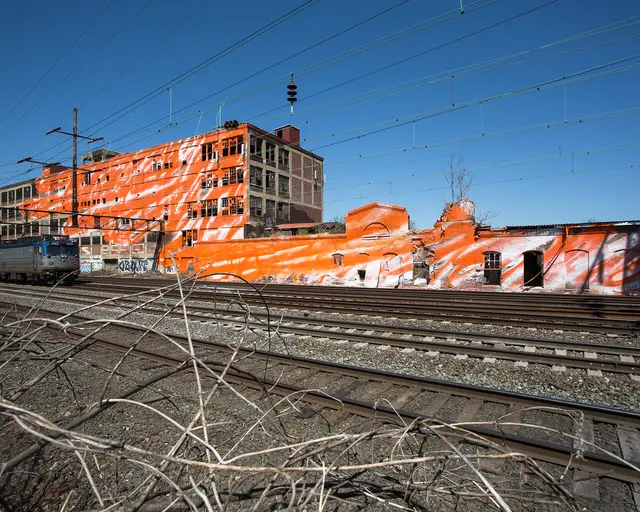
Painter Dushko Petrovich offers his perspective on Katharina Grosse's epic psychylustro—a five-mile-long "painting" sprayed intermittently along a stretch of train tracks in northeast Philadelphia.
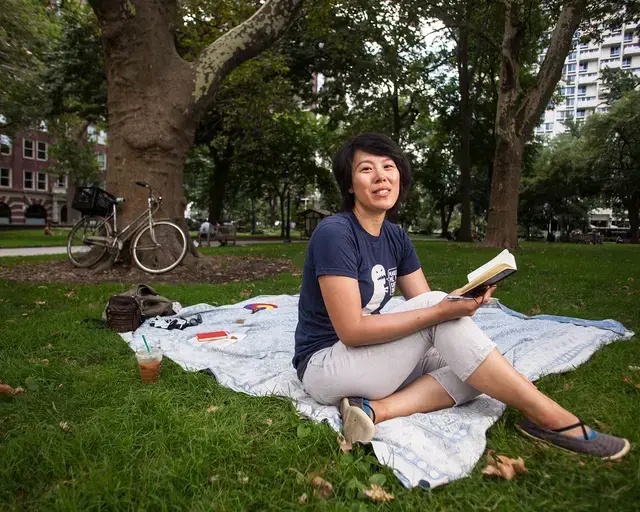
Poet and 2013 Pew Fellow Sueyeun Juliette Lee discusses the limitations of cross-cultural translation as a "border to try to leap over."
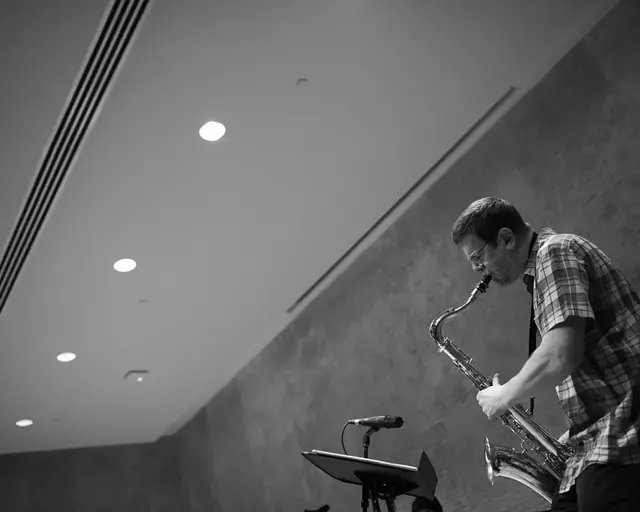
We asked MacArthur award-winning saxophonist and composer Ken Vandermark a deceptively simple question: Is jazz dead?

How might a world-famous art collection—its components, its composition—inform a new piece of music? MacArthur award-winning saxophonist and composer Ken Vandermark, whose new commission is a response to Philadelphia’s legendary Barnes Foundation, shares his thoughts.